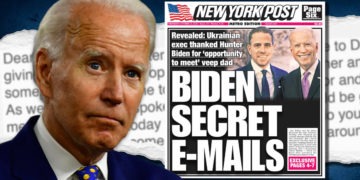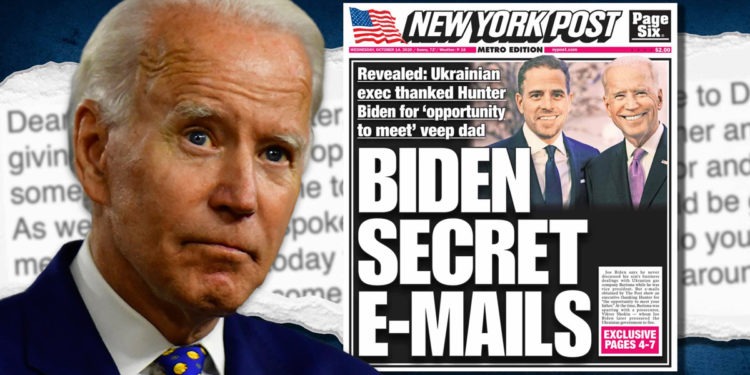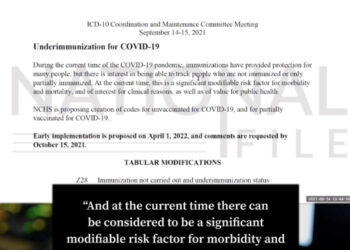Last Updated on March 17, 2022
Now that Joe Biden has been president for over a year, the New York Times has quietly confirmed that the infamous Hunter Biden laptop did indeed belong to the president’s son. The laptop story, which was published by the New York Post just weeks before the 2020 election, was aggressively censored by mainstream media outlets and social media giants, who claimed it was “Russian disinformation” and “unsubstantiated.”
“People familiar with the investigation said prosecutors had examined emails between Mr. Biden, Mr. Archer and others about Burisma and other foreign business activity,” the Times wrote. “Those emails were obtained by The New York Times from a cache of files that appears to have come from a laptop abandoned by Mr. Biden in a Delaware repair shop. The email and others in the cache were authenticated by people familiar with them and with the investigation.”
Following the confirmation, the New York Post was quick to point out that the Times had previously cast doubt on the laptop’s contents. The outlet speculated that a meeting between Joe Biden and the Ukrainian gas company Burisma, where Hunter Biden was a board member, did not take place. “A Biden campaign spokesman said Mr. Biden’s official schedules did not show a meeting between the two men,” the Times wrote in October 2020.
In their latest report, which was published Wednesday night, the New York Times admitted that the meeting likely did happen. Stillm as recently as September 2021, the outlet was still referring to the laptop story as “unsubstantiated.”
Hunter Biden’s laptop contained evidence that he leveraged his father’s influence in business dealings while the elder Biden was serving as Vice President. At his son’s request, Joe Biden reportedly met with Vadym Pozharskyi, an adviser to Ukrainian energy firm Burisma, which hired Hunter as a well-paid board member, despite his lack of experience in energy and Eastern Europe.
The story was baselessly labeled as “unsubstantiated” and referred to as “Russian disinformation” in some cases. Twitter and Facebook took what were unprecedented steps at the time in order to censor the story and effectively halt its spread.





















